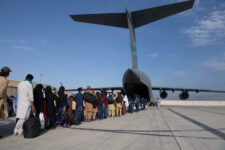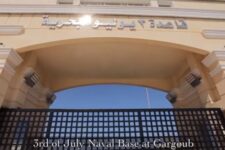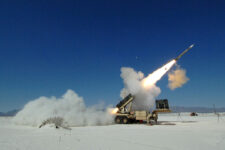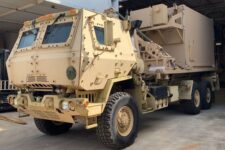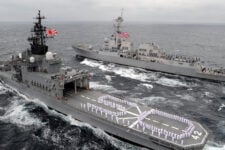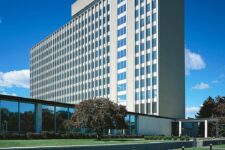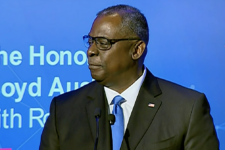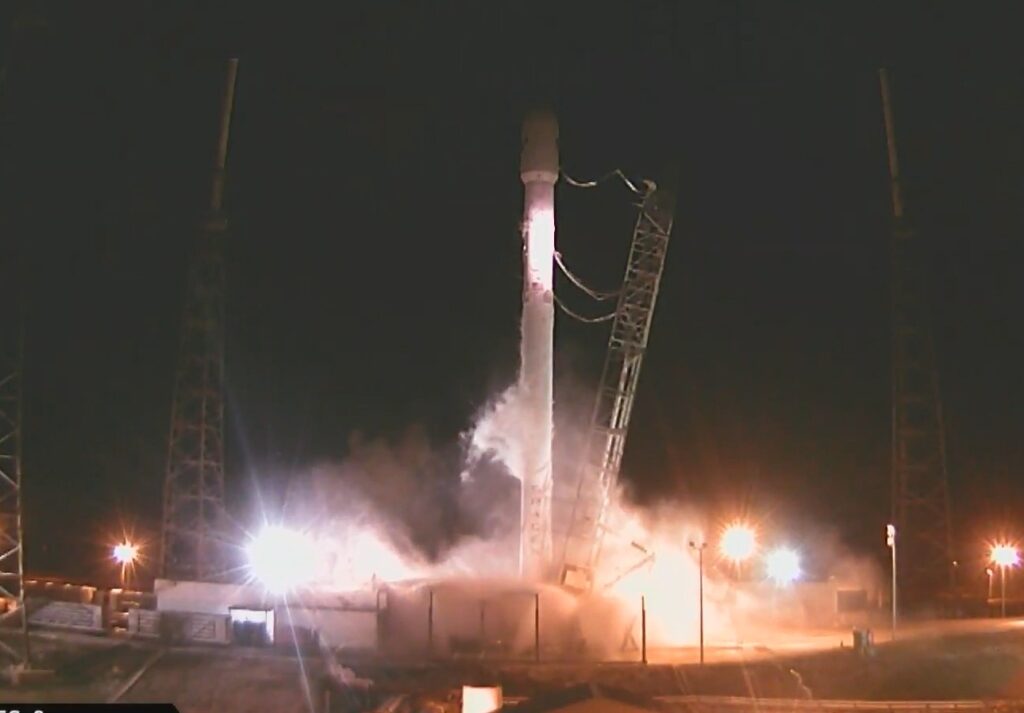
Falcon 9 undergoes static test
UPDATED: ADDS SMC Statement; 45th Space Wing Statement
WASHINGTON: Elon Musk’s SpaceX faces a stark accounting after today’s explosion of a Falcon 9 rocket during engine testing at Cape Canaveral. Hopeful of greatly increased business with Air Force Space Command, who has already awarded one contract to Musk’s company for the second GPS III satellite launch, SpaceX will have to demonstrate that its systems, processes and technology remain up to the incredibly high standards required of both human and national security space launch.
“Key will be how SpaceX addresses the root cause analysis (i.e., insight from the government), how long it takes to get to root cause, etc,” a source with intimate knowledge of the launch facilities and national security space launch capabilities said in an email. “Was this a systems engineering or process problem? I would think NASA would be the most concerned given SpaceX’s predictions of launching astronauts in just two years.”
But of more importance to the national security space world is a more fundamental question. How badly damaged is the launch pad with its complex equipment.
“So, if that pad and all the related plumbing were destroyed, whither Assured Access to Space???” asks our source in a later email.
Assured access to space is the legal requirement that the United States possess two launch providers “capable of delivering into space any payload designated by the Secretary of Defense or the Director of National Intelligence as a national security payload; and a robust space launch infrastructure and industrial base.” Traditionally, the second phrase is understood to mean that launches must be able to occur from both the Cape and from Vandenberg Air Force Base on the west coast. Many satellites cannot be placed into the correct orbit unless they can be launched from the correct coast.
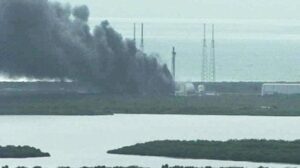
Space X Falcon 9 explodes
We don’t know many details about why the explosion happened or its effects, yet. Elon Musk tweeted that the, “Loss of Falcon vehicle today during propellant fill operation. Originated around upper stage oxygen tank. Cause still unknown.” The company issued a statement, saying that they are, “continuing to review the data to identify the root cause.”
Obviously, this raises questions about the future of the Falcon 9 and its upgrade, the Falcon Heavy, for national security space launches.
The explosion destroyed both the rocket and the Israeli Amos 6 communication satellite built by Spacecom. It was going to be used by both Facebook and the Israeli government.
I contacted Space and Missile Systems Center (SMC), Air Force Space Command and the 45th Space Wing (which runs Cape Canaveral) for comment on these issues. No luck as of press time.
UPDATE BEGINS Friday morning we got this statement from SMC: “The U.S. Air Force is poised and prepared to support SpaceX recovery and return to flight efforts. While this was not a National Security Space launch mission, the U.S. Air Force will continue working with SpaceX to ensure confidence in the safe and reliable launch of critical National Security Space satellites. The U.S. Air Force will not speculate on the cause of the anomaly; however, SpaceX has invited the U.S. Air Force to observe and be a part of the anomaly investigation process.”
We got this statement late Thursday from the space wing: “Days like today are difficult for many reasons,” said Brig. Gen. Wayne Monteith, 45th Space Wing commander. “There was the potential for things to be a lot worse; however, due to our processes and procedures no one was injured as a result of this incident. I am proud of our team and how we managed today’s response and our goal moving forward will be to assist and provide support wherever needed. Space is inherently dangerous and because of that, the Air Force is always ready.”
No service can fight on its own: JADC2 demands move from self-sufficiency to interdependency
Making all-domain operations a warfighting capability means integrating, fusing, and disseminating a sensor picture appropriate for a particular theater segment, not all of them, says the Mitchell Institute’s David Deptula.



